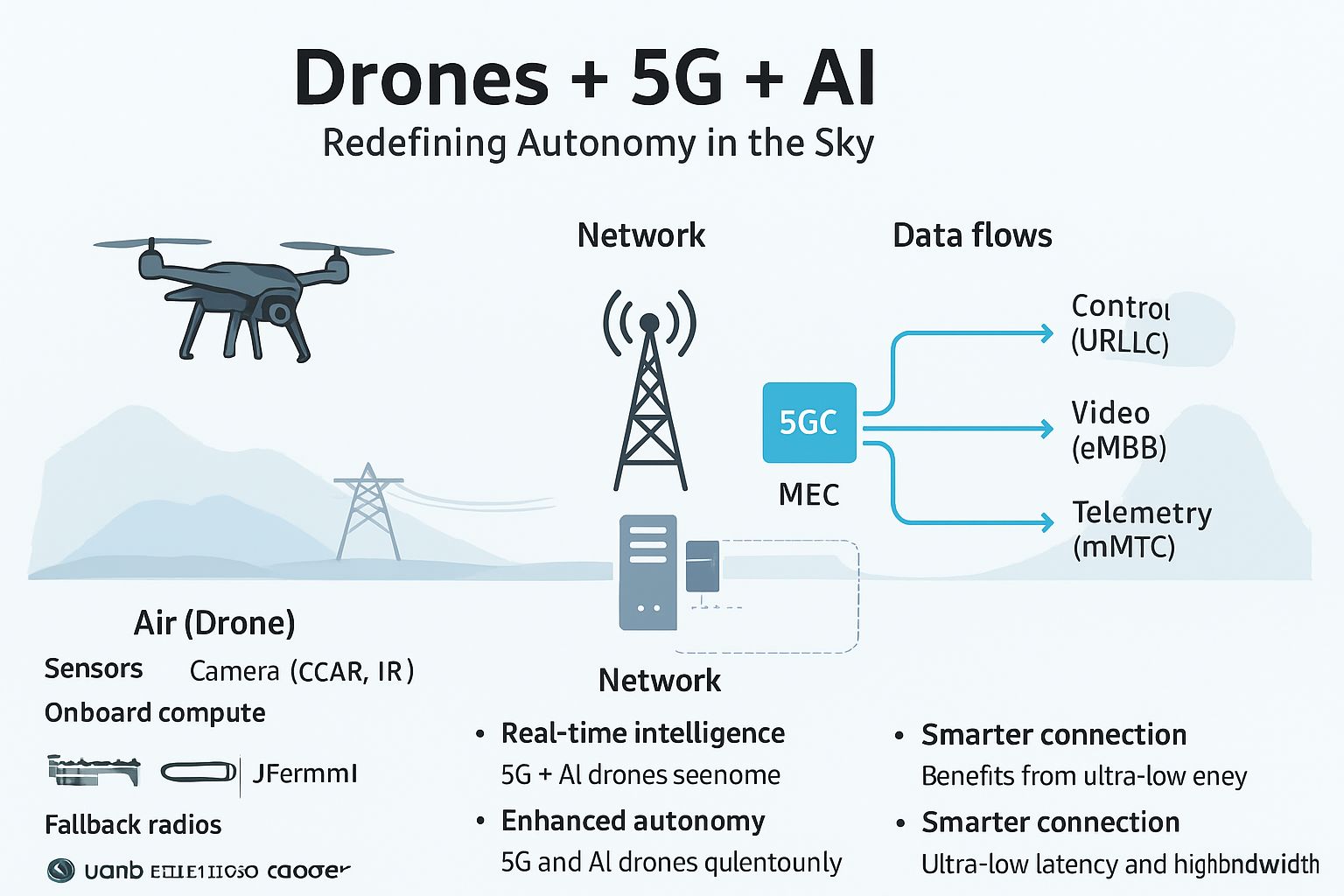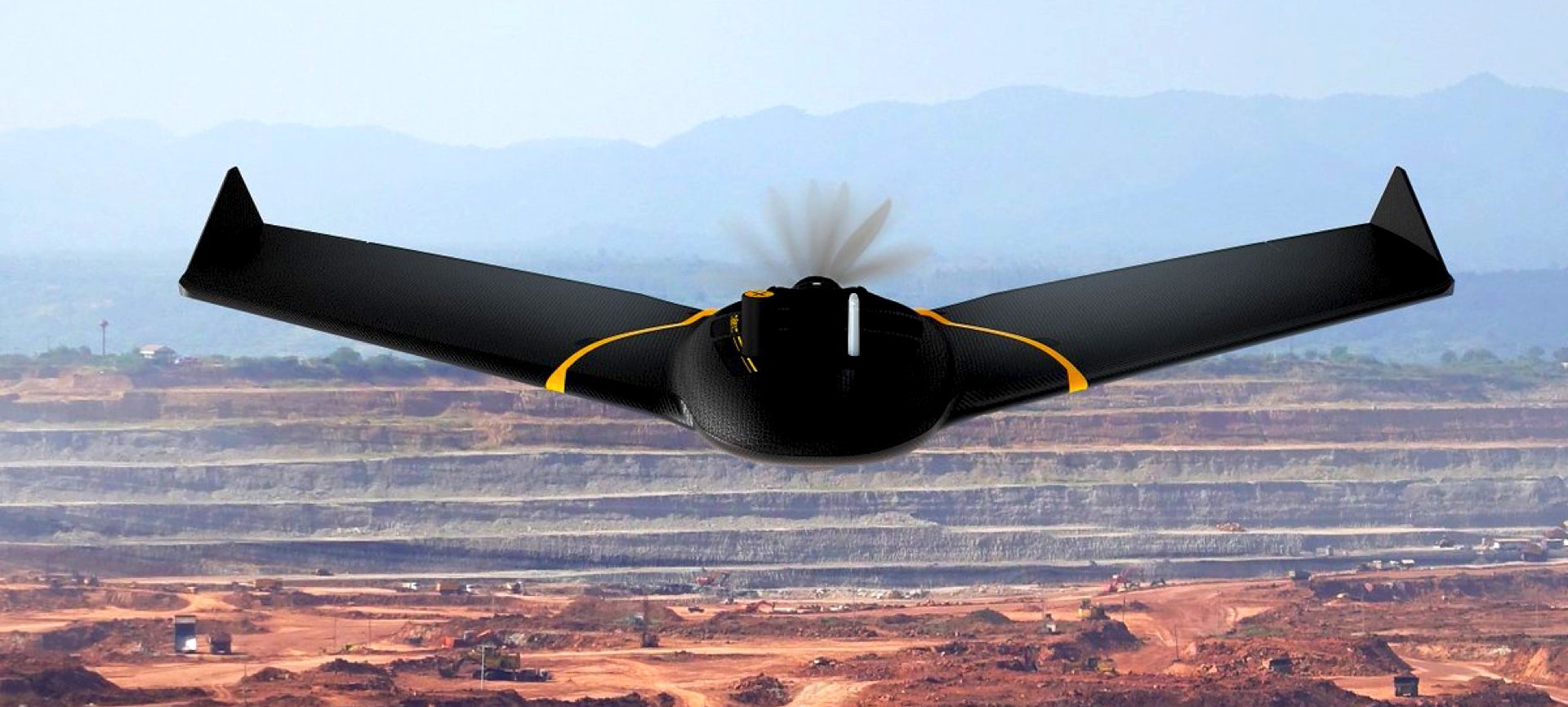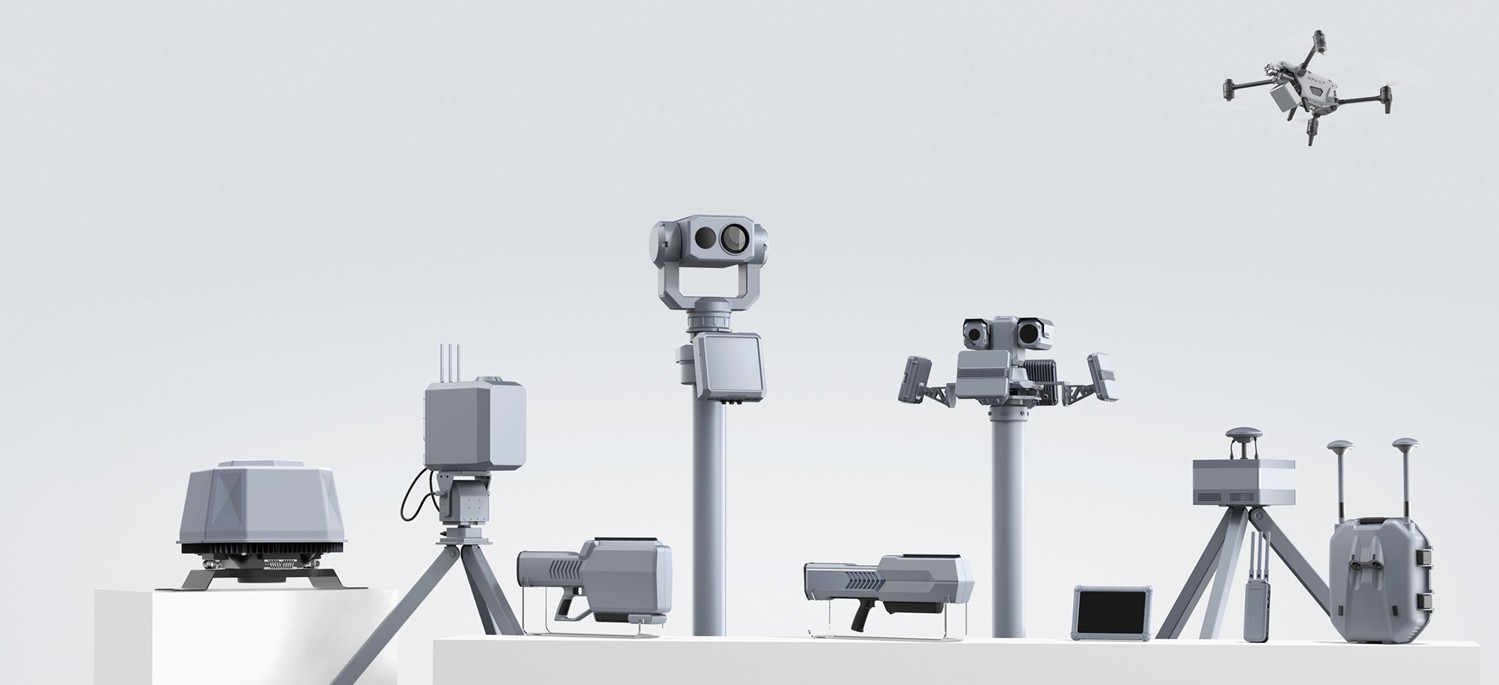Red Cat and Palantir Achieve Breakthrough in GPS-Denied Navigation with Black Widow Drone

Red Cat Holdings has announced a significant milestone in defense technology with the successful integration and testing of Palantir Technologies’ Visual Navigation (VNav) Software on its Black Widow™ multirotor drone. The achievement marks the first known GPS-denied flight demonstration conducted on a U.S. Army program of record platform, paving the way for a new era of resilient, autonomous aerial reconnaissance.
A Leap in GPS-Denied Flight Technology
The U.S. Army’s modern battlefield is increasingly contested by adversaries deploying GPS jammers and spoofing systems. Red Cat’s Black Widow drone, part of the Army’s Short Range Reconnaissance (SRR) program, demonstrated that it can successfully navigate and perform missions without relying on satellite signals — a capability long considered the “holy grail” of drone autonomy.
Palantir’s VNav software uses edge-based sensor fusion, combining visual cues with inertial data to calculate real-time position estimates even when GPS is denied or degraded. During a multi-day testing campaign, engineers from Red Cat and Palantir evaluated the system’s performance under a range of operational conditions, including high-speed and low-altitude flights, and missions in twilight and low-light environments.
Impressive Test Results
The tests confirmed several critical milestones for the integrated system:
- Seamless compatibility between VNav and the Black Widow’s flight controller
- Stable flight performance at altitudes down to 150 feet AGL and speeds up to 16 mph
- Accurate positional tracking in fully GPS-denied conditions
- Consistent reliability during complex, dynamic reconnaissance missions
- Robust performance in degraded visual environments, including dusk operations
In the final test, the drone executed a complete ISR (Intelligence, Surveillance, and Reconnaissance) mission — flying to a target, conducting surveillance, performing waypoint maneuvers, and returning to base — all without GPS or human intervention.
Palantir engineers reported that VNav achieved a mean positional error of just 7 meters across a 2.7-kilometer flight path. Remarkably, this was accomplished without any additional hardware; the software ran entirely on the drone’s existing onboard sensors, underscoring the scalability and deployability of the solution.
Transforming Tactical Operations
“This is a breakthrough moment not just for Red Cat, but for the tactical needs of the Department of War,” said Jeff Thompson, CEO of Red Cat. “Every battlefield is a GPS-denied environment, and this successful test shows that Red Cat and Palantir are delivering a software-driven solution the Army can rely on. It requires no new hardware, is ready to deploy today, and gives warfighters the edge in contested environments.”
Thompson added that the achievement highlights Red Cat’s evolution into a full-stack defense technology platform, with strong potential for margin expansion and new revenue streams in 2026 as the technology moves toward field deployment.
Palantir’s Software-Driven Advantage
Akash Jain, President and CTO of Palantir USG, emphasized that the test validated Palantir’s approach to resilient autonomy.
“Palantir Visual Navigation performed well in real-world conditions,” Jain said. “It demonstrates our ability to deliver intelligent software that adapts and scales across defense platforms like Black Widow, supporting the Army’s integrated operating systems.”
Palantir’s broader goal is to integrate VNav within the U.S. Army’s digital ecosystem, enabling interoperability across unmanned systems and laying the groundwork for software-defined autonomy.
Toward Full Army Integration
Red Cat and Palantir are now preparing for a formal U.S. Army demonstration and working toward a fully productized version of VNav for all deployed Black Widow systems. Once approved, the technology could become a standard feature across the Army’s short-range reconnaissance fleet, enhancing mission resilience and reducing dependence on satellite infrastructure.
The collaboration also underscores a strategic shift in the defense sector — where software, not hardware, defines battlefield capability. By achieving GPS-independent navigation through pure software integration, Red Cat and Palantir have proven that innovation at the code level can dramatically extend operational flexibility.
As electronic warfare threats intensify, this advancement represents a timely and critical step forward. For soldiers relying on drones in complex terrains or urban environments, a GPS-denied navigation system means missions can continue unhindered — even when communication and positioning systems are compromised.
With further validation and scaling, the Red Cat–Palantir partnership could redefine how the military perceives and deploys unmanned aerial systems in tomorrow’s contested environments.



.jpg)


